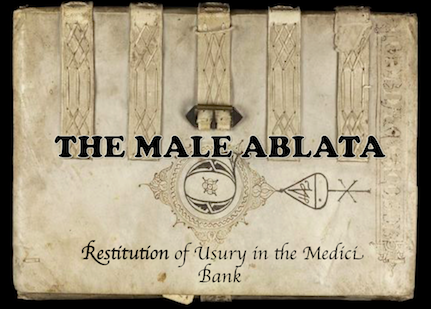The Patron
When viewed in the context of the commissioner, Cosimo de’ Medici’s biography, the scene with the usurer’s heart creates quite a conundrum. He was a banker, the head of the Medici bank, and, at the time of the commission, he was repeatedly accused of usury and tax evasion by his contemporaries. One of them, Rinaldo degli Albizzi, even warned that anyone who supported Cosimo and benefitted from his “evil earnings” would go to hell for encouraging usury. This is the part that is both perplexing and fascinating. Why would a man so often accused of usury, commission a painting exposing the sinful nature of usury to be displayed in front of everyone in one of the main churches of Florence? Did Cosimo de’ Medici commission this painting to clear his public image? Did he do it to own up to his sin and express repentance for it? Or was this generous donation his way of paying back for his sin and getting absolution for it?
All of these questions lead to the main issue of this work: whether Renaissance bankers like Cosimo de’ Medici commissioned and donated religious art as restitution for the sin of usury and, if so, why exactly would they choose art to achieve this purpose. To begin exploring this problem, let us take a moment to think about what usury itself meant in the Catholic Medieval and Renaissance Europe.

